No time to read? Take a quick listen in 5 minutes!
Table of Contents
- Understanding the Powerhouse: Artificial Intelligence
- History of AI Development in India
- Where does India Stand in the AI Race?
- How is AI Transforming Different Industries in India?
- Adoption of Artificial Intelligence in India
- Industry-wise Adoption of AI
- Key Players in the AI Space
- What are the Barriers to AI Adoption in India?
- What Does India Need to Reach at the Top in the AI Race?
- What Global Leaders Say About the Future of AI in India?
- Future of AI: What will it look like?
Imagine a world where a swarm of autonomous delivery drones navigate cityscapes, delivering essential supplies. In hospitals, AI-powered surgical robots assist doctors with complex procedures, while personalized medicine leverages genetic data for targeted treatment plans. Farmers deploy AI-driven irrigation systems that optimize water usage based on real-time weather forecasts. These aren’t distant dreams – they’re glimpses into the future of Artificial Intelligence (AI) in India says the government by allotting over Rs. 10,000 crores for the India AI mission. As per Mint, India placed sixth in terms of AI investments between 2013-2022, totalling USD 7.73 billion, with about 40% of that received in 2022. Read ahead to find out how and when!
AI is no longer just a buzzword. It’s a powerful technology that’s transforming our lives in countless ways. From the moment you wake up to the personalized recommendations on your phone, AI is working behind the scenes to make things simpler and more efficient. AI is silently orchestrating a symphony of progress.
AI Solutions an AI Development Company are increasingly immersive, impacting healthcare, agriculture, transportation, and more. For a nation like India—with massive scale and ambitious goals—these deployments hold even greater significance.
This blog aims to dive deeper into the future of AI in India. We’ll explore how AI can drive India’s growth and development, analyze the current landscape, and discuss the exciting possibilities. Whether you are a student curious about the future of work, a working professional eager to upskill, or an entrepreneur looking for smart solutions for your business, this blog offers valuable insights and ignites the imagination for the possibilities that lie ahead.
Understanding the Powerhouse: Artificial Intelligence
Artificial Intelligence, or AI, refers to the simulation of human intelligence in machines that are programmed to think and learn like humans. These intelligent systems can perform tasks such as recognizing speech, making decisions, and solving problems. Essentially, AI allows computers and other machines to perform tasks that typically require human intelligence.
Here’s a visual representation of types of AI and their timeline of arrival for your better understanding.
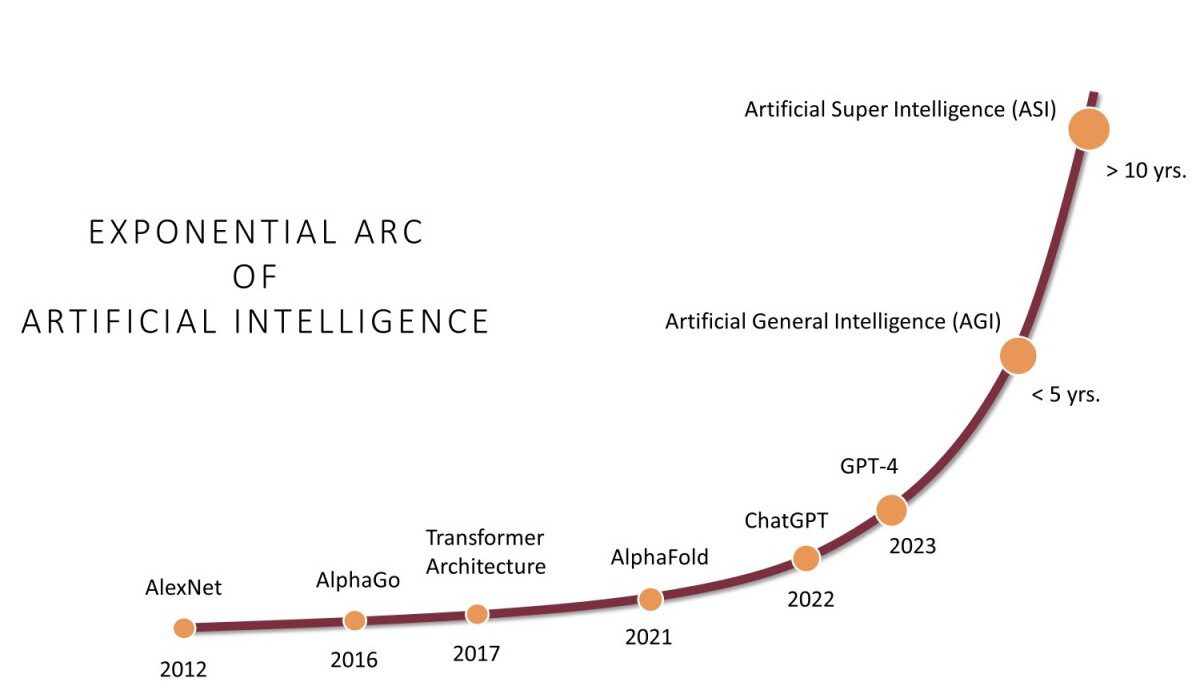
Naming Different Types of AI
AI can be broadly classified into three types based on their capabilities:
Artificial Narrow Intelligence (ANI): Also known as Weak AI, ANI is designed to perform a specific task, such as facial recognition or internet searches. It operates under a limited set of constraints and cannot perform tasks outside its particular field. Even Open AI’s Chat GPT and GPT 4 models come under ANI.
Artificial General Intelligence (AGI): Often referred to as Strong AI, AGI can understand, learn, and apply knowledge across a wide range of tasks, similar to human intelligence. It can think, understand, and perform tasks independently. It is being developed by several top AI companies in India and worldwide and is projected to be launched in the next 5 years.
Artificial Superintelligence (ASI): This type of AI surpasses human intelligence in all aspects, including creativity, problem-solving, and emotional intelligence. ASI remains a theoretical concept, as it has not yet been achieved and is projected to arrive after a decade or so.
For in-depth information & AIs probable future impact, you can refer to our blog here – types of AI
History of AI Development in India
Let’s take a quick tour through the history of AI in India. It started in the 1960s with basic ideas and grew over the decades, with big steps forward in the 2000s thanks to government support and tech companies’ investments.
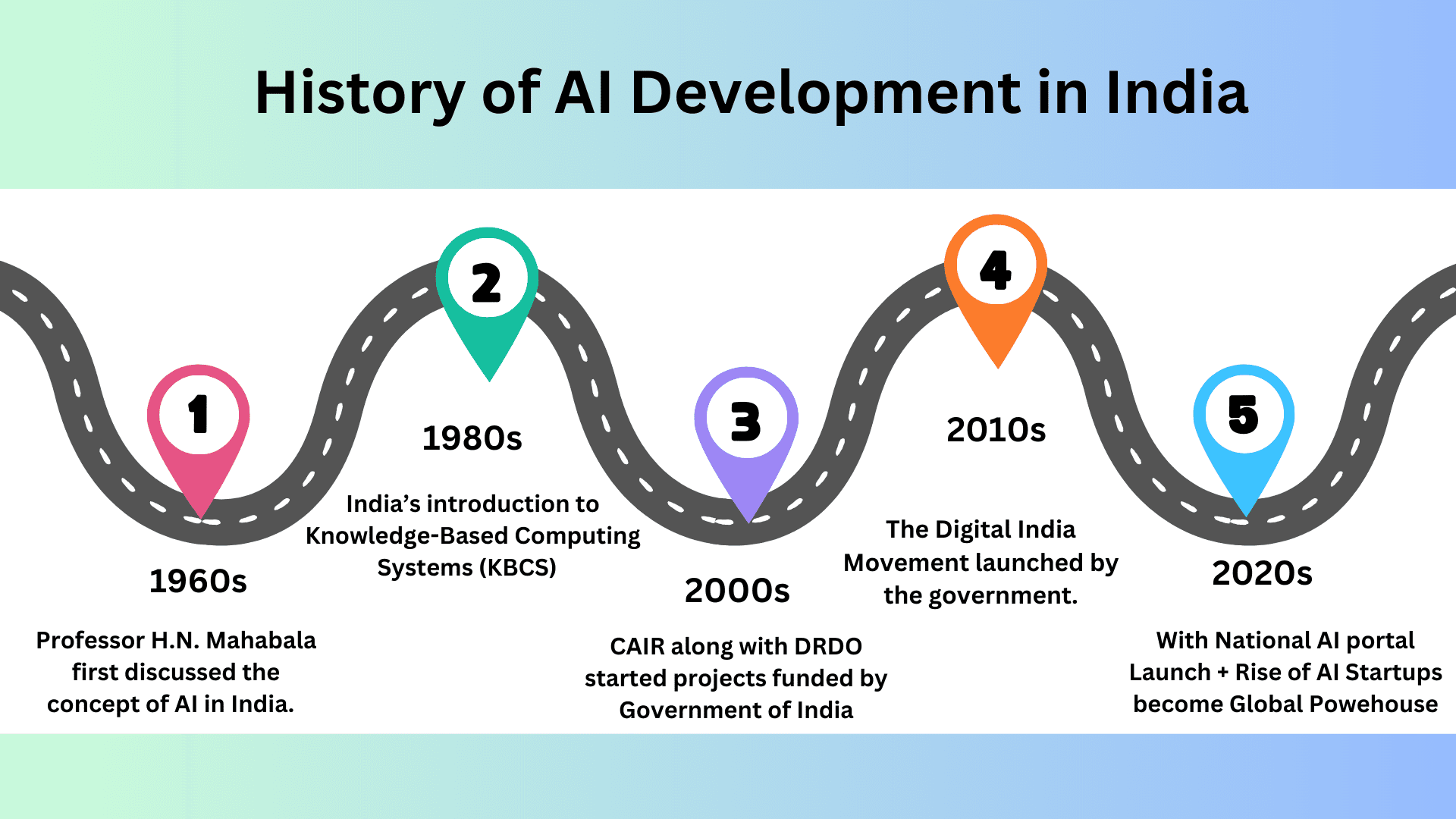
Where does India Stand in the AI Race?
According to Standford AI Index Report the United States is the leading consumer of artificial intelligence (AI) technology, having allocated $328.5 billion over the past five years, including $67.9 billion in 2023 alone. This massive funding reflects the U.S.’s strong commitment to advancing AI technology across various sectors.
China follows as the second-largest investor with $132.7 billion spent on AI from 2019 to 2023, although its investment has declined recently, totalling $15.1 billion in 2023. The United Kingdom is third, investing $25.5 billion over the same period.
India ranks fourth globally, with a substantial $16.1 billion investment in AI over the past five years. This places India ahead of Germany and highlights its growing presence in the global AI landscape. India’s investments are driven by initiatives like the upcoming India AI program, which aims to boost local startups and innovation in AI.
Speaking of innovation in AI, the founder of OLA in India launched a chatbot called Krutrim AI, which aims to position India in the competitive landscape of large language models (LLMs). While Krutrim AI is not yet at the level of models like GPT-4 or Claude, it represents a significant step toward fostering an environment of AI innovation in India. This initiative showcases India’s potential to develop advanced AI technologies rapidly.
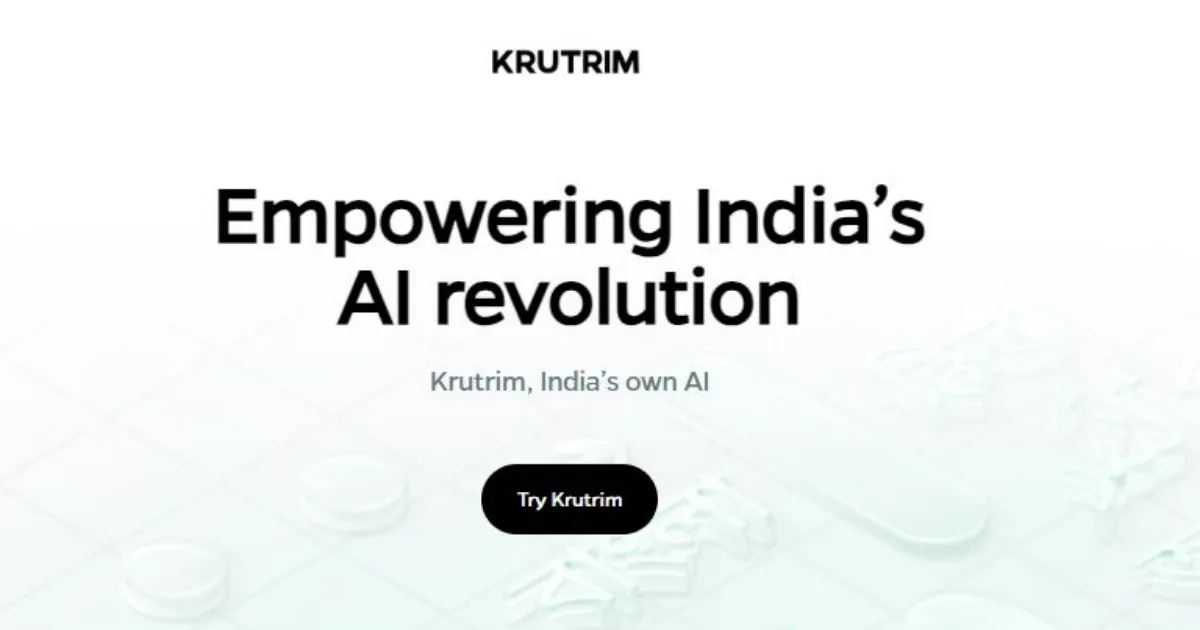
How is AI Transforming Different Industries in India?
Let’s delve into the impressive scope of AI across various sectors. This information is invaluable whether you’re a job seeker or an aspiring entrepreneur looking to understand the opportunities in India’s AI landscape.
1. AI in Agriculture
Market Value: Expected to reach $2.05 billion in 2024.
Future Growth: Projected to grow at 25.1% annually, reaching $7.85 billion by 2030.
Key Drivers: Increased use of IoT in farming, rising demand for higher crop yields.
Source: PS Market Research
AI Initiatives Taken: According to the access partnership report, the AI for Agriculture Innovation (AI4AI) initiative launched in 2020 brought together public and private stakeholders to pilot AI technologies for agriculture in Telangana, enhancing crop management and productivity.
2. AI in Healthcare
Market Size: Valued at $10 billion in 2023.
Future Growth: Expected to grow to $35 billion by 2030, with a 30% annual growth rate.
Key Drivers: Need for improved efficiency and better decision-making.
Source: Inkwood Research
3. AI in Manufacturing
Market Size: Projected to reach INR 12.59 billion by 2028.
Future Growth: Growing at a 20.2% annual rate from 2023 to 2028.
Key Drivers: Changing customer preferences, new distribution models, and supply chain disruptions.
Source: Research and Markets Report
Generative AI Impact: Generative AI can potentially unlock USD 621 billion of productive capacity in India, with manufacturing being a significant contributor (41%) as per 2023 report by access partnership
4. AI in Transportation and Logistics
Market Size: Expected to reach INR 6.71 billion by 2028.
Future Growth: Growing at 18.5% annually from 2023 to 2028.
Key Drivers: Need for improved efficiency and better decision-making.
Source: Market US
5. AI in Finance
Market Value: Expected to reach $8 billion by 2025.
Future Growth: Growing at a CAGR of over 40% from 2020 to 2025.
Key Drivers: Advancements in data collection technology among banks and financial institutions, increase in bank investments in AI, and rise in consumer demand for personalized financial services.
Source: International Trade Administration
6. AI in Telecommunication
Market Value: Not specifically broken out for India; part of the Asia-Pacific region.
Future Growth: Accelerated growth due to 5G infrastructure investments and a large, growing population.
Key Drivers: Enhancing customer experience, fraud and risk management.
Source: Markets and Markets
7. AI in Energy
Market Value: Projected to grow at a CAGR of 28.8% from 2024 to 2029.
Future Growth: Strong growth in the adoption of AI technologies within the Indian renewable energy industry.
Key Drivers: Government initiatives, operational efficiency, sustainability goals.
Source: Global Market Estimates
8. AI in E-commerce
Market Value: Expected to reach $112.93 billion in 2024 and $299.01 billion by 2029.
Future Growth: Growing at a CAGR of 21.5%.
Key Drivers: Rising internet and smartphone penetration, increasing adoption in tier 2/3 cities, and the impact of the COVID-19 pandemic accelerating the shift to online shopping.
Source: Mordor Intelligence
In simple terms, AI is becoming a big deal in various industries in India, helping them become more efficient, save money, and make better decisions.
Adoption of Artificial Intelligence in India
As per the Times of India’s recent report 9 in 10 internet users in India, around 724 million people, are already using AI in some form daily. This includes using AI features like image filters, personalized recommendations, and smart devices.
Let’s also find professions that are most frequently using AI on a day-to-day basis including:
1. Marketers and Digital Professionals
Marketers in India are using AI tools like chatbots and predictive analytics for content creation, campaign optimization, and customer segmentation. 75.7% of digital marketers use AI tools, with 49.5% using them multiple times per week or more. 85.1% of AI users in India utilize it for blog content creation and article writing.
2. Business Professionals
Management consultants, business analysts, financial managers, accountants, and purchasing managers in India are among the professions most exposed to AI. AI is helping these professionals gain data-driven insights, optimize processes, and make more informed decisions.
3. Educators
According to Business Standard, 62% of educators in India are employing Generative AI (GenAI) tools in teaching and preparation to enhance the delivery and engagement of their educational content. AI is being used to generate lesson plans, provide feedback on student writing, and create personalized learning experiences.
Educational Program Initiative: NITI Aayog, the Central Board of Secondary Education, and Intel India launched the Integrating AI and Tinkering with Pedagogy (AIoT) program in September 2022 to embed AI into subject pedagogies at fifty schools, improving personalized learning and educational outcomes.
4. Legal Professionals
Solicitors and legal professionals in India are highly exposed to AI language models, with the legal services industry being one of the most affected. AI is being used to draft legal documents, conduct research, and provide insights on case law.
5. Customer Service
80% of businesses in India already had chatbots as part of their customer experience strategy. 40% of Indian businesses say customer experience is their top motivator for using AI. AI-powered chatbots are helping businesses as per TIMES NOW report.
Industry-wise Adoption of AI
The adoption of AI in India is rapidly transforming various sectors, driven by innovative applications, supportive government initiatives, and key industry players. The top industries are as follows:
AI in Healthcare
Healthcare in India is rapidly embracing AI, especially for detecting and managing diseases early. By 2025, the spending on AI in this sector is expected to reach $11.78 billion. This isn’t just about money; it’s also about jobs. AI is predicted to create almost three million jobs by 2028, changing the employment scene in healthcare.
One cool example is a startup called Aarya.ai. They use algorithms to analyze medical images, which makes diagnosing diseases faster and more accurate.
AI in Manufacturing
In the manufacturing world, AI adoption jumped by 20% from 2020 to 2023. This tech is mainly used to enhance manufacturing operations, manage supply chain logistics, and boost IT and cybersecurity.
A great example is FP McCain, a UK-based manufacturing company, which used AI solutions from Softlabs Group. They applied AI for:
- Detecting proper use of Personal Protective Equipment (PPE)
- Monitoring for overloads
- Ensuring Air Quality and Building Safety (AQBS)
The impact? It led to:
- 30% fewer workplace accidents
- 25% reduction in shipment errors
- 20% increase in logistics efficiency
Check more such case studies below:
AI in Government Initiatives
India’s government is also diving into AI with big plans. They’ve launched the IndiaAI mission with a budget of over Rs.10,000 crore. This mission aims to:
- Spark AI innovation
- Make computing accessible to everyone
- Improve the quality of data
- Develop homegrown AI technologies
We also established a national program for AI in 2018, way before the release of GPT4 which took over the world to craft a national strategy for responsible AI adoption, ensuring inclusive AI-enabled economic growth. In the Budget 2023, the government announced the setting up of three Centers of Excellence in AI as part of the ‘Make AI for India’ and ‘Make AI Work for India’ initiatives
These efforts show how committed the government is to building an AI ecosystem in the country.
Key Players in the AI Space

Several top companies are leading the AI revolution in India, offering solutions that cater to the most common business needs:
- Arya-AI: While Arya AI provides AI-driven business solutions for BFSI clients, their focus on standardized offerings often lacks the customization that other industries require.
- Haptik-AI: Haptk is known for its chatbots, but its solutions can sometimes feel generic and less tailored to specific industry needs.
- Yellow-AI: Yellow AI offers AI solutions mostly to customer service having its focus on Language Models and chatbots lack hardcore industries such as Real Estate or Manufacturing.
Softlabs Group is at the forefront of AI innovation, delivering cutting-edge solutions that address the most common business needs. From developing intelligent chatbots to implementing advanced recommendation systems, Softlabs Group is dedicated to leveraging AI for transformative results making it one of the top AI companies in Mumbai.
Check out their recently developed research-backed AI solutions.
What are the Barriers to AI Adoption in India?
Here’s a breakdown of the top barriers to implementing artificial intelligence in India and solutions to overcome these:
1. Complex Regulations and Standards
Standardization of AI is the biggest barrier to the adoption rate of AI in our country making it difficult for companies to integrate AI solutions. According to a survey by EY, about 63% of Indian businesses identified compliance with global data protection and privacy laws as the biggest challenge to AI adoption.
2. Lack of Incentives for Businesses
Implementing AI can be expensive. Costs include data, hardware, software, and skilled employees. High expenses prevent many firms from using AI 74% of large companies in India have accelerated their AI investments in the past 24 months (about 2 years), focusing on areas like research and development (67%) and workforce reskilling (55%).
3. Centralization Issues
AI governance is often centralized, with major control in the hands of the government and big corporations. This limits innovation and access for smaller businesses.
4. Skills Gap
According to Infosys’ recent report, the lack of internal technical skills is the top challenge hindering businesses from effectively utilizing emerging technologies, making the skills gap a significant barrier to AI adoption. Additionally, estimates based on data from the National Sample Survey indicate that only 38% of households in India are considered digitally literate. To address this, initiatives like the Pradhan Mantri Gramin Digital Saksharta Abhiyan (PMGDISHA) aim to train and empower rural households in digital literacy.
To further bridge the skills gap, the Ministry of Electronics and IT (MeitY) plans to develop India’s AI ecosystem with a focus on creating one million skilled AI professionals by 2025
5. Ethical and Legal Concerns
Ethical concerns, such as data privacy and bias, are significant barriers. As per IBM, about 26% of companies cite ethical concerns as a challenge. Data privacy laws and security measures are crucial. Businesses must comply with these laws to avoid legal issues and build customer trust.
6. Economic Factors
High costs are a major deterrent. Starting with small AI projects and gradually scaling up can help manage expenses. Partnering with AI vendors can also reduce costs.
By addressing these challenges with targeted, practical steps, India can enhance its AI capabilities and position itself as a leader in the global AI industry.
What Does India Need to Reach at the Top in the AI Race?
To become a global leader in artificial intelligence, India must address key challenges and leverage its unique strengths effectively.
1. Investment in AI Research and Development
- Increase funding from the government and private companies to boost AI research and innovation.
- Encourage collaboration between universities, industries, and the government to develop new AI technologies.
Example: The India AI program helps local startups and promotes AI innovation.
2. Robust Infrastructure
- Build high-performance computing systems and large GPU clusters for AI projects.
- Develop energy-efficient data centres for AI data storage and processing.
Example: NVIDIA’s AI Technology Centre at IIT Hyderabad supports AI research.
Update: On June 28th, 2024, Ola founder Bhavish Aggarwal announced the launch of a decentralized GPU service aimed at boosting AI computing capabilities across various sectors in India. This innovative initiative will provide affordable access to high-performance GPUs, enabling individuals and businesses to rent them on an hourly basis for AI model training. This step marks a significant advancement in making AI technology more accessible and promoting India’s future as a global leader in AI.

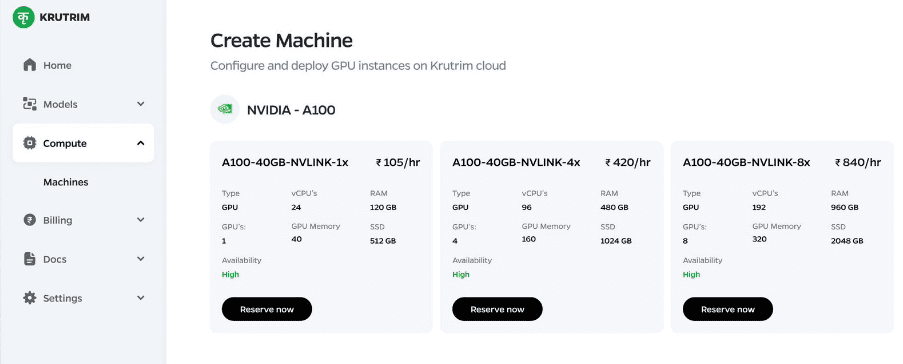
3. Ethical and Regulatory Framework
- Create rules to ensure AI is used ethically, transparently, and responsibly.
- Implement regulations that protect privacy and security while encouraging innovation.
Example: Japan’s approach balances AI innovation with risk management.
4. Public-Private Partnerships
- Encourage partnerships between the government, private companies, and startups to support AI projects.
5. Data Accessibility and Quality
- Promote sharing of high-quality and diverse datasets for better AI model training.
- Ensure strong data protection to maintain user trust and comply with privacy laws.
Example: IndiaAI Datasets Platform aims to streamline access to high-quality non-personal datasets for AI innovation.
6. Innovation Hubs and Startups
- Support AI startups with funding, mentorship, and infrastructure.
- Establish AI innovation hubs and centres of excellence to nurture new ideas and research.
Example: IndiaAI Startup Financing accelerates deep-tech AI startups by streamlining access to funding for innovative AI projects.
7. Retaining Talent in India
- Use India’s diverse population to collect varied data for robust AI models.
- Encourage students and professionals to specialize in AI through initiatives like AI For All by Intel.
- Create job opportunities in AI to prevent brain drain and retain skilled talent.
Example: IndiaAI FutureSkills focuses on expanding AI education at all academic levels and establishing Data and AI Labs in Tier 2 and 3 cities.
By addressing these needs, India can become a global leader in AI, driving economic growth, job creation, and technological progress.
What Global Leaders Say About the Future of AI in India?
Going ahead have a look at what famous and influential personalities from both private and govt sectors in this domain have to say about the Future of AI in India.
1. Bill Gates, Co-Founder of Microsoft

2. Dr. Jeff Dean, Chief Scientist, Google DeepMind and Google Research
Quote: “Young students in India are eager to understand the shift from more traditional computer science to learned based approaches for solving all kinds of problems. You’re going to see more students wanting to enter this kind of study and field of endeavor.”
Source: Google Blog
3. Sundar Pichhai, CEO of Alphabet
Quote: “India’s entrepreneurial spirit and technological capabilities make it a significant player in AI. Looking forward to seeing India’s role in shaping the future of AI. #GlobalTech #AIRevolution”
Source: Interview with Varun Mayya
4. Satya Nadella, CEO of Microsoft
Quote: “AI will not only solve challenges for India but also for the world”
Source: ET Times interview
5. Bhavish Aggarwal, Founder at OLA on how India should navigate with AI in the next 5 years
Quote: ” Govt must accelerate transition to green energy. This will reduce the cost of energy and import burden. India should be the AI & computer hub of the world by leveraging its data, population and talent… Must integrate into future global supply chains “
Quotes and kind words from such personalities make us hopeful about the horizon of opportunities for a better future.
Future of AI: What will it look like?
Artificial Intelligence is poised to transform numerous sectors in India, heralding significant changes in both societal functions and industry dynamics. Here’s a glimpse into what the future might hold across various domains:
1. AI in the Indian Military
In the future, AI could autonomously manage surveillance along borders with drones that detect and track hostile movements without human risk. These AI-driven systems could also bolster the cyber defence by adapting to new threats in real time, ensuring robust national security.

2. AI’s Impact on the Workforce
Think of Priya, who works in an office. She uses AI to help with her daily tasks, like organizing her calendar and sorting out data. This helps her have more time to think of new ideas and do the parts of her job that she enjoys.

3. AI in the Entertainment Industry
Imagine Aarav, a filmmaker, who uses AI to turn his written stories into movies. The AI helps him choose actors, decide on scenes, and even edit the film.

4. AI in Personal Transportation
Picture Rahul is driving a smart car in Delhi that drives itself. This car uses AI to find the best way to go by checking traffic and weather updates instantly.
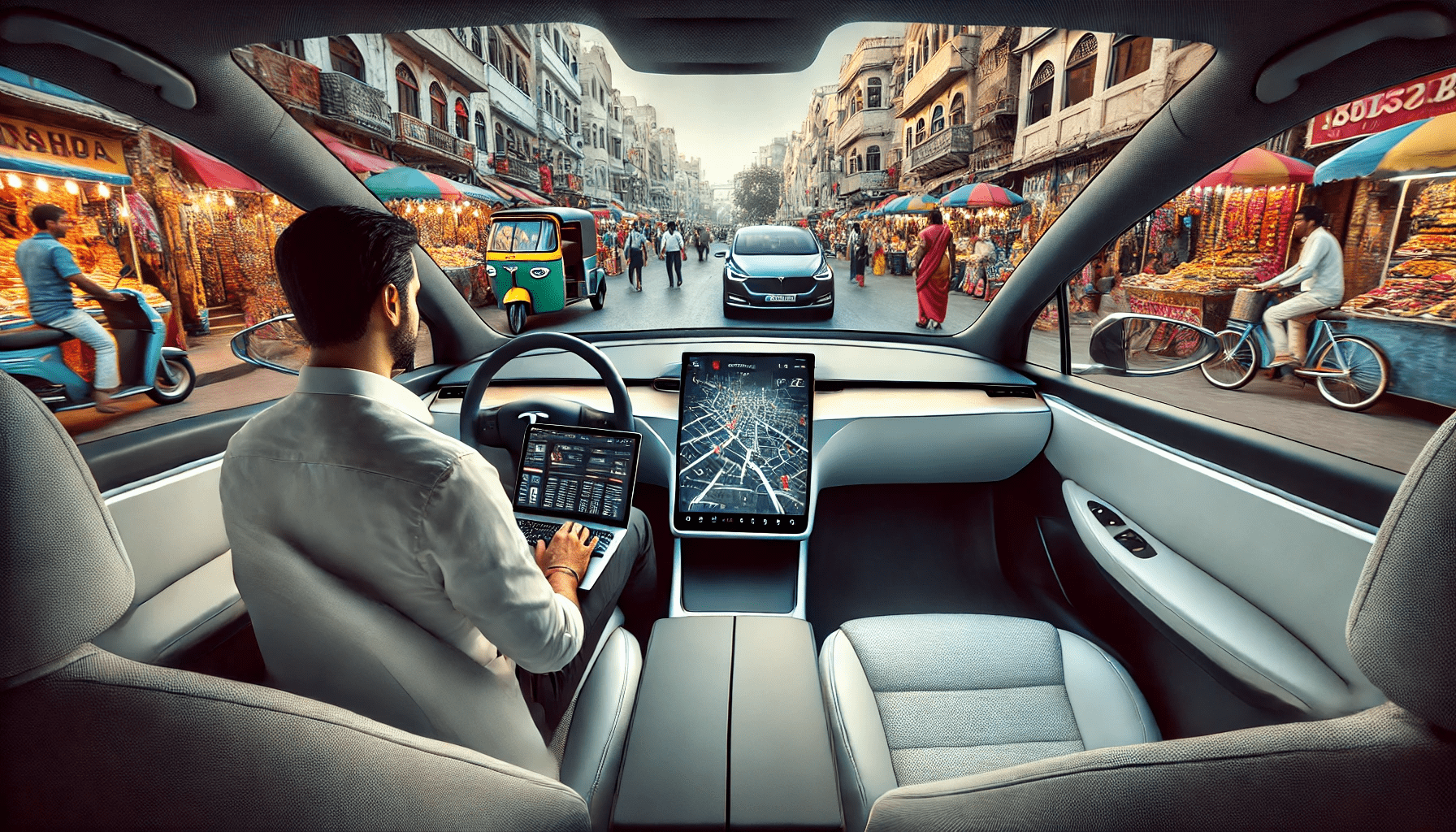
5. AI in Commerce and Delivery Services
Think about a shopping website that uses AI to guess what will be sold quickly, uses robots to pack things in the warehouse, and even drones to deliver packages super fast.

Wrapping Up!
India is at a critical juncture in its journey toward becoming a global leader in artificial intelligence (AI). With a rich pool of talent, a growing tech industry, and strong government support, the country has the potential to achieve significant milestones in the AI race. The question arises: What specific goals should India aim for in the AI landscape? Should India focus on being the best consumer of AI, excel in industry-specific applications, or aim for groundbreaking advancements like Artificial General Intelligence (AGI)?
WHAT DO YOU THINK??
Leave your thoughts in the comments below!


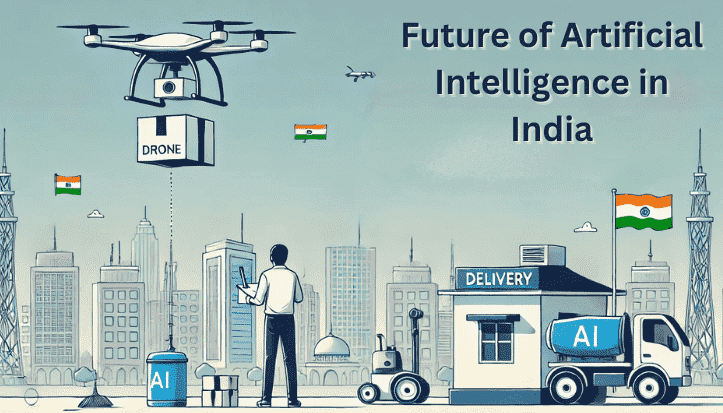
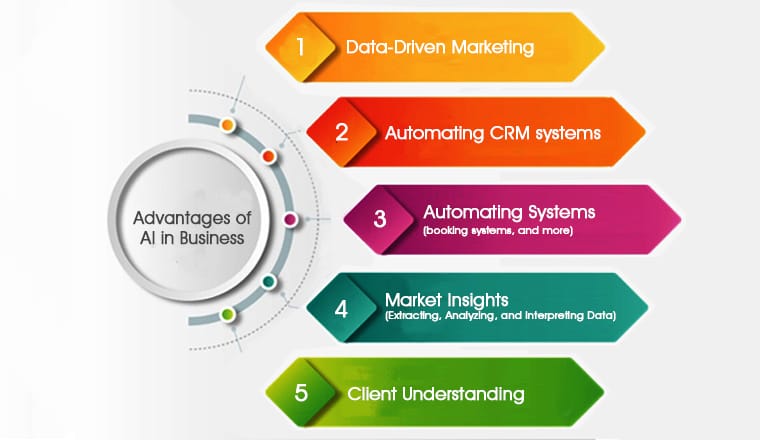


Pingback: Generative AI for Indian Businesses: Opportunities and Challenges - SOLDMOON